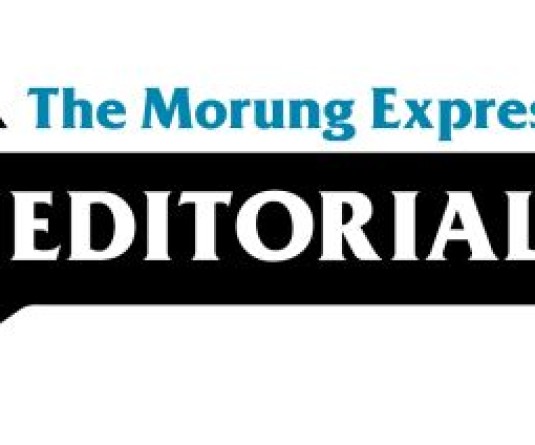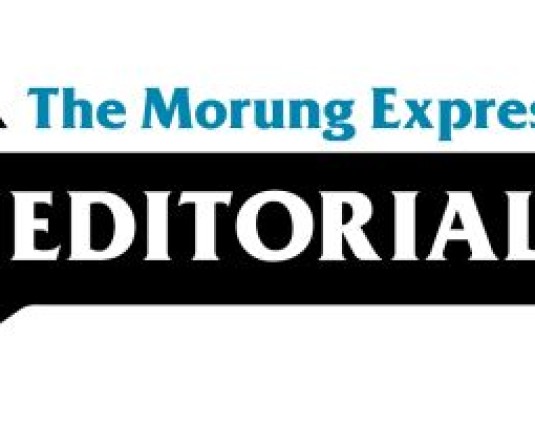
Moa Jamir
Albeit the cacophony of elections in five states, two States Assembly, last week, passed two bills having dramatic implication for the welfare of its citizens. ‘The Arunachal Pradesh Private Educational Institutions (Regulatory Commission) Bill, 2017’ was passed in March 7 while the West Bengal Government on March 3 passed ‘The West Bengal Clinical Establishments (Registration, Regulation and Transparency) Bill 2017’.
According to the media reports, the former provides for establishment of a Regulatory Commission for the purpose of “ensuring appropriate standard of admission, teaching, examination, research and protection of interest of students in the Private Educational Institutions and related matters” while the latter is aimed at “making the private healthcare segment more transparent and regulate arbitrary billing.”
Arunachal Education and Libraries Minister, Honchum Ngadam told the Assembly that during the presentation that the Bill was necessary in “order to check mushrooming of private educational institutes as well as regulate/monitor the functioning of those institutes to ensure quality education.”
In West Bengal, Chief Minister Mamata Banerjee, who holds the Health Portfolio, said that the “Bill aims at bringing transparency, ending harassment of patients and taking steps to stop medical negligence."
Such measures are pertinently imperative in Nagaland. Proliferations of educational institutions and healthcare services have been a positive quantitative development in the State over the past decades. However, does it commensurate with the quality of the service provision.
Government data shows that the State had one University and 42 affiliated colleges in 2000-01, out of which 33 were private. The Nagaland University 'status of affiliation' as of January 2017 had 66 colleges, 50 Private. The Nagaland Board of School Education data shows that the numbers of institutions up to senior secondary level under its ambit, including permitted schools, which was 467 in 2010, shot up to 706 in 2015, out of which 414 were private.
Besides, there are more than three dozen schools affiliated to other boards as well as mushrooming of Montessori’s, crèches and other niche schools, with their own sets of rules and regulation. An enormous quantitative augmentation.
In healthcare, Nagaland has 11 District Civil Hospitals; 2 TB Hospitals; and 1 Mental Hospital and the Christian Institute of Health Sciences & Research operated under a Public Private Partnership (PPP) mode besides Community Health Centers; Primary Health Centre and Sub-Centers etc. The numbers were negligible two decades ago.
While a detail report of private health service providers is hard to come across, a list of 687 practitioners (both private and government) provided by Nagaland Medical Council (NMC) in November 2015, had over 70 private entities offering some sort of healthcare services to the public. It is a lucrative business. In a Central Bureau of Health Intelligence (CBHI) report released last year, Nagaland was seventh among the States spending the most on healthcare in the country with a whopping Rs 377 crores bill in 2012-`13.
However, qualitative public healthcare deliveries are grossly missing with acute shortages of specialists and other health professionals like pediatricians, obstetricians, surgeons, technicians, and diagnostic facilities. In the absence of adequate government service, it is natural to sought the services provided by the private entities for both healthcare and education. Due to lack of proper regulatory mechanism for monitoring quality and cost, the consumer is often at the mercy of service providers.
Both the patients and the parents complains in private, but hapless without a platform to redress their grievances. Many states are introducing bill to regulate the two services availed by rich and poor alike. In many cases, consumers have taken recourse to online platforms like Change.org by petitioning the concerned authority for redress. In November 2016, the Naga Students’ Federation (NSF) lamenting the ‘exorbitant’ fees charged by schools and colleges had appealed Nagaland government to come up with ‘ceiling fee structure.’ for all the educational institutions. Ditto for healthcare.
While strict regulation is neither advisable nor probable, it is crucial that regulation mechanism striking a balance between protecting the interests of consumer and the service providers are in place to ensure that the privilege of good education and quality healthcare is not limited to certain section of the society alone.
For any comment, drop a line to moajamir@live.com





